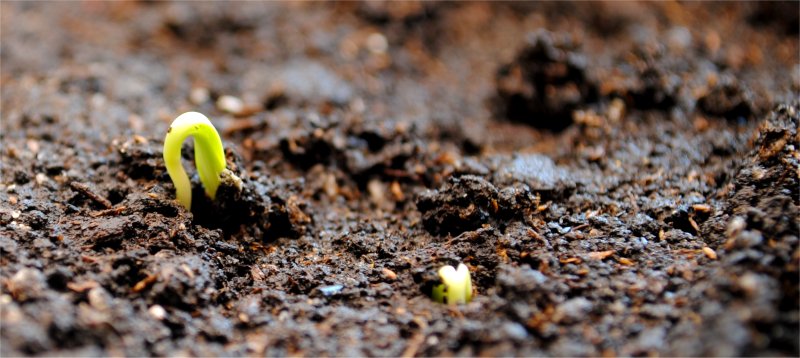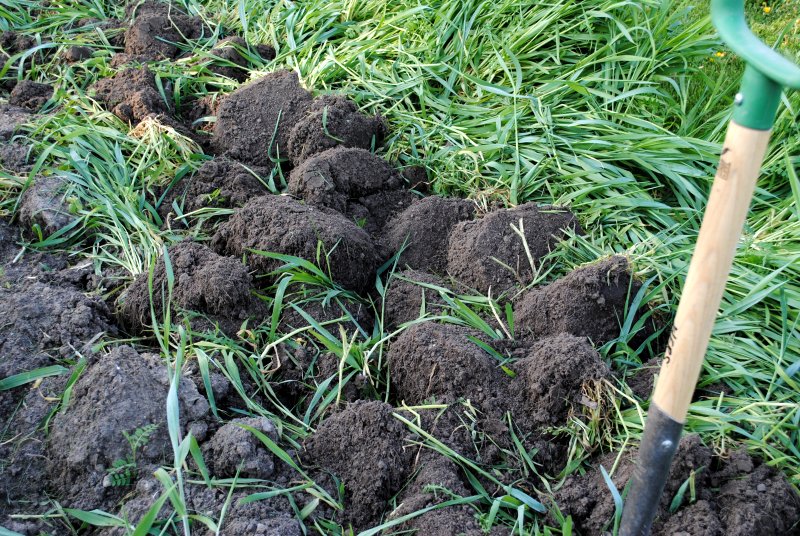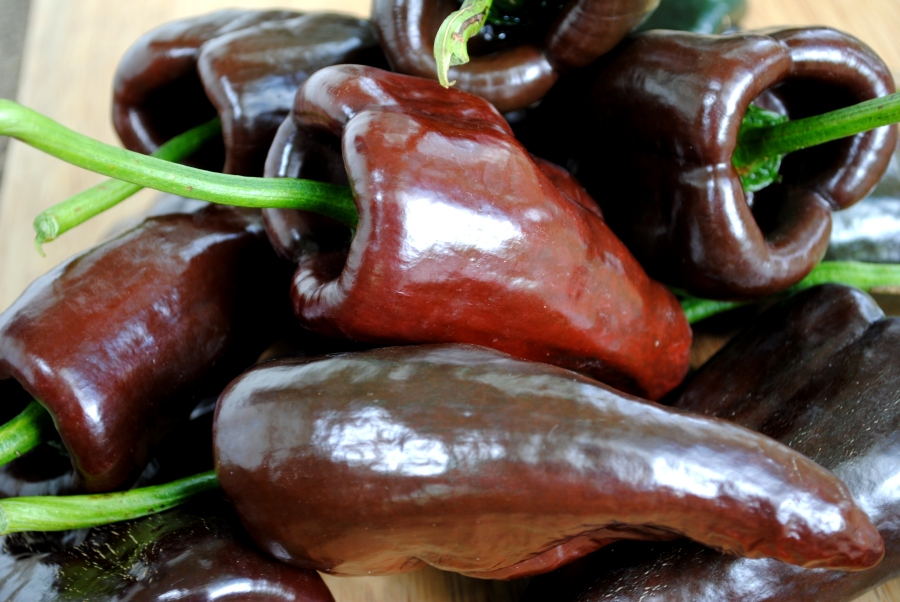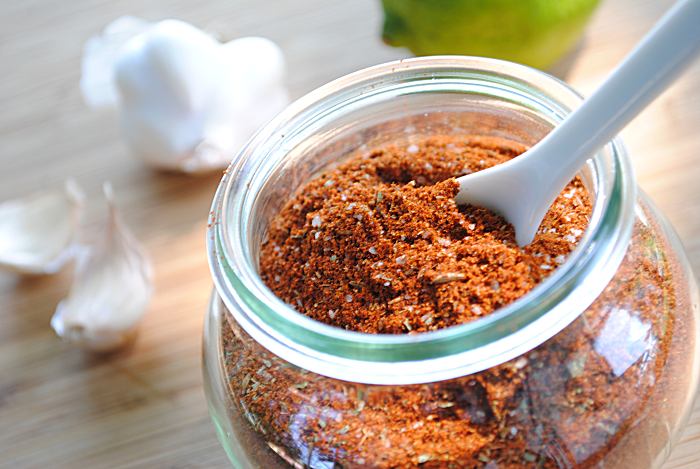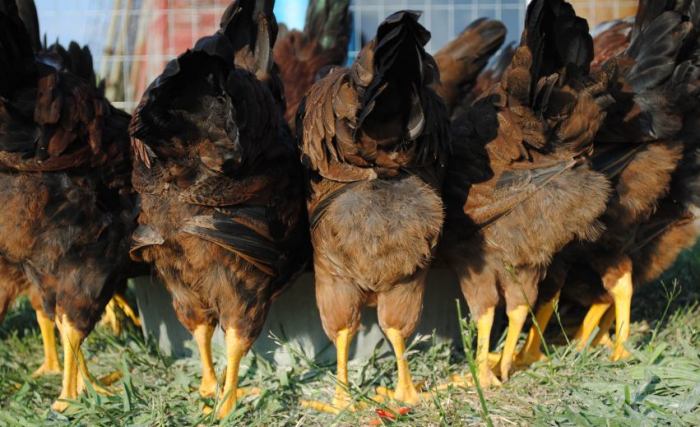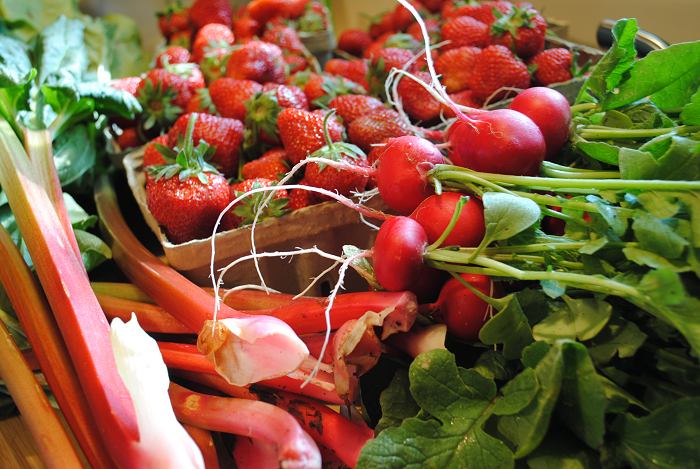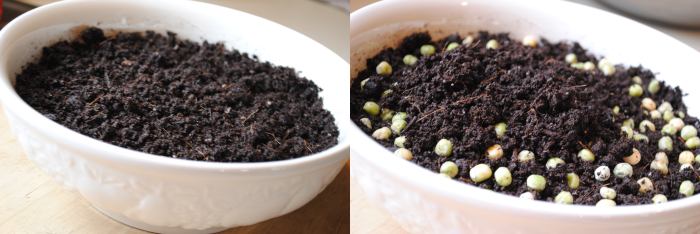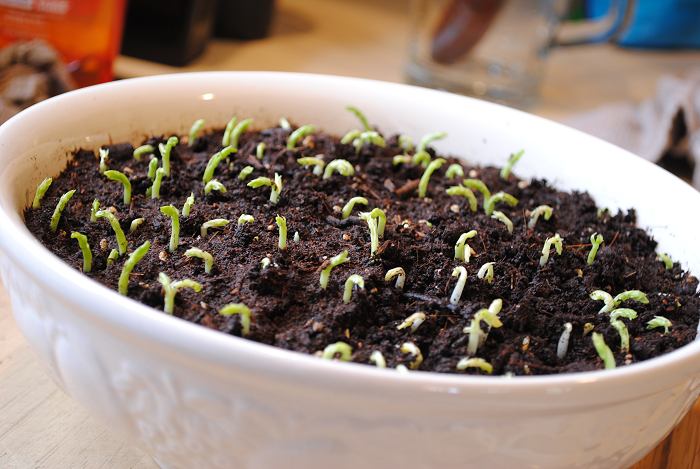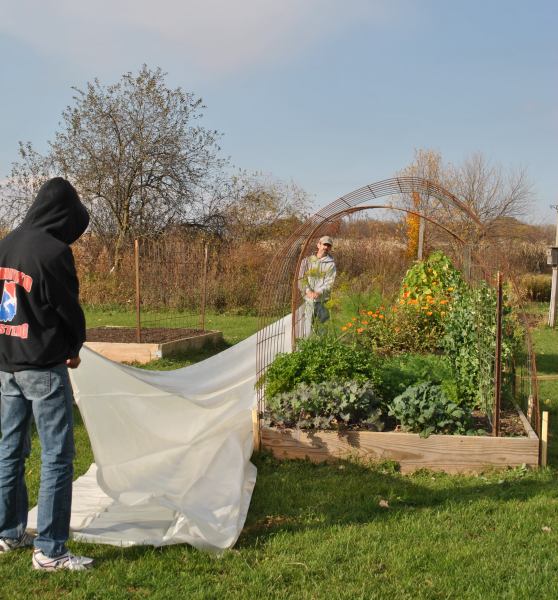Ancho Chili Powder – Seed to Jar
Tuesday, September 27th, 2016
Technically, this is easy peasy. Throw dried ancho in a grinder and pulverize. Viola! Chili powder! I hope I never have to resort to store-bought powder again. I wish you could smell it! It has a wonderfully fruity pepper aroma, like nothing I’ve ever found in a store. I opened the grinder, took a big sniff, and immediately did this weird sneezy cough thing. There is so much more going on in this simple powder than I could have imagined.
As far as easy peasy goes, I’ve decided to give myself a little more credit. This was a project that took some time, patience, and a little elbow grease. I chose an heirloom poblano seed last winter, and planted the seeds back in early March.
At the end of April, I turned over a cover crop of rye and vetch in my raised beds. I hand dig all 4 of my raised beds, and by the time the cover crop had decomposed into the soil enough that I could plant, I had dug each bed a total of 3 times. It’s a great way to start getting back into shape in the spring, and I’m usually a little sore at first. By mid May, I had transplanted the poblano pepper seedlings in the ground.
By the beginning of August, I was picking and roasting green chilis for the freezer
Here I am in September, and the peppers have finally ripened to a beautiful chocolate.
This past weekend, I halved and seeded them, and put them in my dehydrator. After a couple of days, they were shriveled, semi-crisp, and almost black.
I’ll admit, I had my doubts when I put them in the grinder. Who would have believed the powder would come out looking like this? One smell. One taste. THIS is why I bother to do so much of what I do. This is what knowing where my food comes from is all about. Now, whenever I cook something using this powder, I’ll be reminded of 7 months, from seed to jar, of what’s involved in producing a simple staple spice I keep in my cupboard.
Now that I’ve finished this post, I’m off to use my spectacular ancho powder to make up a batch of my Tex-Mex blend.


